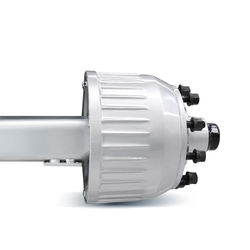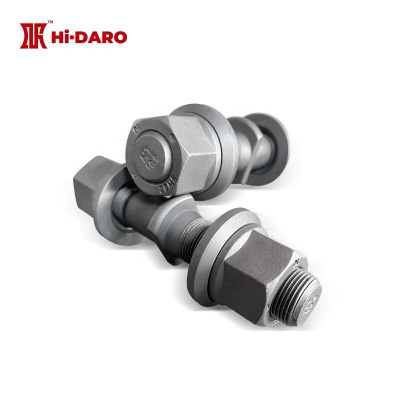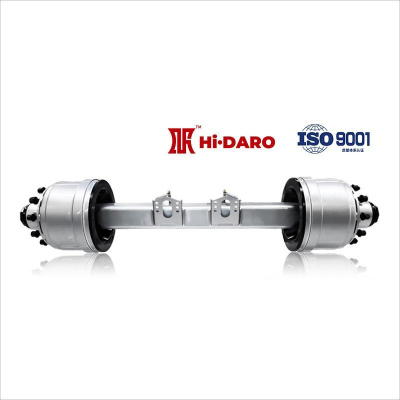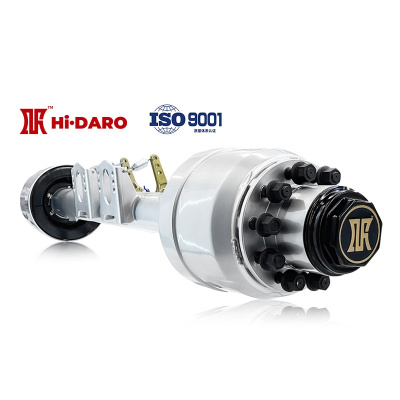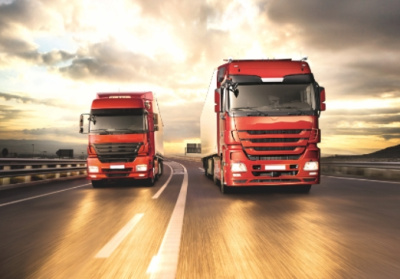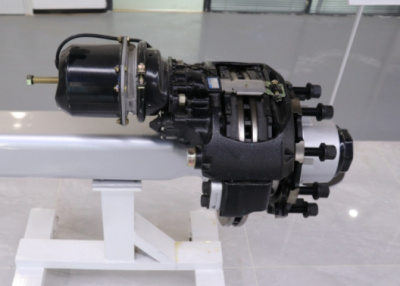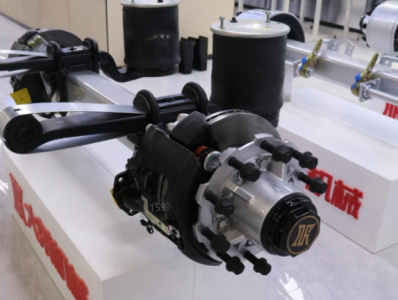Take a closer look at the prospects and problems of sling transport
With the rapid development of China's logistics industry, simple point-to-point transportation has been unable to meet the basic needs of most customers, and the use of sling transportation is an important way to solve this problem. Today's domestic trailer axle logistics is inefficient, and the inherent "one car and one hang" form largely limits the improvement of efficiency. The promotion of suspension transportation, using the form of "one car and more", can achieve the express logistics effect of people stopping, improve the utilization rate of vehicles, and improve the logistics efficiency.
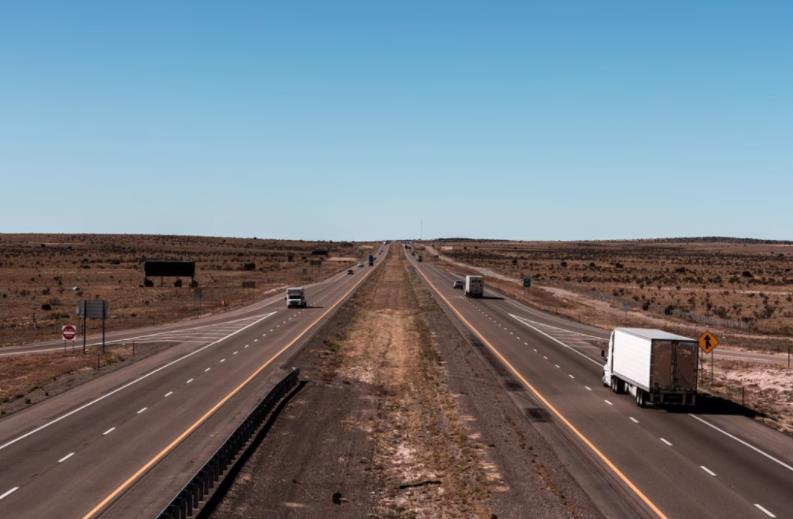
● Definition of swing transport
Sling transport refers to the transport organization mode in which the trailer is unloaded at the cargo handling operation point and replaced with other trailers to continue running. The standardization of vehicle equipment technology is a necessary condition for the development of sling transport. Sling transportation has been widely promoted and applied in the world, and has been proved to be an efficient, green and advanced cargo transportation organization mode, which is of great significance for reducing logistics costs, promoting the development of modern logistics and comprehensive transportation, promoting energy conservation and emission reduction, and improving the overall quality of economic operation.
● Free combination of tractor and trailer during transportation
For the semi-trailer, the transport vehicle is divided into two parts of the tractor and the trailer, the tractor is the power source of the transport vehicle, the trailer is the actual carrying tool of the cargo and container, the tractor and the trailer connection and disassembly convenience greatly increases the mobility of the tractor.
● The application of sling transportation at home and abroad
Swing transport in foreign countries started in the 1940s, due to the appearance of transport and ro-ro transport, and then promoted to freight companies, has developed into the mainstream mode of transport in Europe and the United States, almost all large enterprises are using swing transport, swing transport of goods accounted for 70 to 80% of the total turnover of goods. Transport vehicles in developed countries are characterized by a high proportion of semi-trailers, and the country has a policy to encourage the development of suspension transport, mainly used with warehouses to ports, warehouses to freight stations or storage yards.
In the United States, the sling transportation equipment is mainly van, carrying out the sling transportation of less than half load goods, which is different from our country. The ownership and sales of van semi-trailers account for about 70% of all types of trailers. Among them, the largest proportion is the long-head 6×4 tractor matching 2-axis van semi-trailer, accounting for about 90% of the van semi-trailer. The annual demand for van semi-trailers is about 200,000 to 250,000 units. Currently, the ratio of tractors to semitrailers in the United States is about 1:3. The goods in the van trailer can be pre-loaded by the sorting center, and then transported by the tractor trailer to the next transfer station to unload the box, and the whole process is supervised by a sound information system.

Australia's feature in the sling transport is the "road train", that is, a tractor to pull a number of trailers, can tow 3 to 6 carriages, a total length of more than 40 meters, mostly used for ore transport activities in western Australia mines. Due to trailer axle policy reasons, this type of transport mode does not comply with road regulations in the country, so the situation of a tractor pulling multiple trailers in the country is only seen in some large port container transfer services.
European regulations also allow a two-vehicle transport mode, the total length of the vehicle is more than 20 meters, and the soft canopy van semi-trailer is the main, van semi-trailer ownership, sales accounted for more than 70% of all trailers. Among them, the largest proportion is the 4×2 tractor matching 3-axis van semi-trailer.
The so-called "container truck" in Hong Kong is the container tractor, and the habit of tractors and semi-trailers are called tractors and trailers, tractors are usually mainstream brands in Europe and Japan, and trailers are basically three-axis trailers, and most of them are domestic products. The ratio of tractors and trailers in Hong Kong is about 1 to 2, which fully indicates that the use of sling transport in Hong Kong is also very extensive. Hong Kong's strict vehicle management regulations and sound vehicle examination system ensure the healthy development of the container transportation industry.
● Domestic development and policy support
The emergence of domestic sling transport is based on the popularity of container transport in the 1980s, and due to various restrictions and environmental constraints, there are not many enterprises that have the ability and interest to carry out sling transport, and the promotion and development of sling transport is slow.
The real domestic policy support for flail transport began in the late 1990s, on July 22, 1996, the State Economic and Trade Commission, the Ministry of Public Security and the Ministry of Communications jointly issued the "Notice on the development of container tractor flail transport" (National Economic and Trade Transport [1996] No. 493), clearly encouraged enterprises to carry out the flail transport of container tractors. As well as the traffic control department to release the license of the trailer and the annual inspection of different places. In 2001, the Ministry of Communications for the improvement of transport efficiency and the development of semi-trailer into the "road transport enterprise development planning Outline", the first time explicitly stipulated the structural adjustment of vehicles and has the relevant preferential policies, for the semi-trailer policy concessions for the carrier to be further developed in the country. By 2008, The State Council, in the Notice on Further Strengthening the work of fuel and electricity Conservation, clearly required the improvement of the semi-trailer license management and insurance system. Encourage the development of fly-off transport. The Ministry of Transport carried out pilot work to guide and promote the development of the national transport industry.
In 2009, the Ministry of Transport, the National Development and Reform Commission, the Ministry of Public Security, the General Administration of Customs and the Insurance Regulatory Commission jointly issued a notice to promote the development of transport, and proposed to improve the policy and management system to create a good development environment for transport. In this notice, the inspection and insurance provisions for trailers are greatly relaxed, the standardization of vehicle equipment is promoted, the customs supervision system of vehicles is improved, and the practical issues that enterprises and owners are most concerned about such as toll collection and certificate management are also clearly stipulated, and the trailer axle remaining trailers that exceed the number of tractors are no longer levied in the annual pass area. The notice also mentioned the improvement of station facilities and hub construction, which will greatly promote the seamless connection and transfer efficiency of multimodal transport.
In 2010, the "Notice on the issuance of the Implementation Plan of the pilot work of dumping transportation" was issued, which concretized the previous document and gave the conditions and scope of the pilot project as well as supporting policies. Really let the domestic logistics into the era of hanging transport, but also let more domestic logistics practitioners understand that the development of hanging transport is the trend of the domestic logistics industry. From 1996, when a document proposed the concept of sling transport, to 2009, before the joint notice of five ministries and commissions, China's sling transport industry still developed slowly, and it was only used in some large coastal ports and enterprises. Until 2007, the ratio of tractors and trailers nationwide was only 1:1.3, and the mode of transportation was basically based on one vehicle and one hanging
. And in the country, the development of suspension transportation has shown a state of imbalance. In the southeast coastal cities such as Xiamen, Shenzhen and other cities, the ratio of tractor and trailer reached or exceeded 1:3, and in the port area, the ratio of tractor and trailer can reach 1:6, indicating that although the domestic transport business started late and the development is slow, it has been used in the coastal and other information developed areas.

● The current problems of transport
First, the use of vehicles
1. Technical constraints
The domestic heavy truck market is mixed, the manufacturing threshold is low, and the suspension transport requires the tractor and the trailer to frequently unhook, this requirement for the vehicle standardization is high, and now there is no technical standard specification for the saddle part, some trailers and tractors can not match, such as the traction pin size of 50 and 90 points, If the tractor saddle does not meet, it will lead to the phenomenon of not hanging, restricting the trailer sharing between enterprises and a wide range of hanging operations. From the Ministry of Transport to implement the fuel consumption standard model announcement, road transport certificate model verification statistics, has released 17 batches of standard models of tractor production enterprises, 717 models, 2295 configurations.
2. Trailer management
There is no separate mandatory scrapping regulations for trailers in China, so according to the mandatory service life of the tractor of 15 years management, and the use of sling transport makes the actual mileage of the trailer far less than the tractor, the implementation of the same period of mandatory scrapping standards is obviously unreasonable. Since the notice of the five departments described above has been issued, there has been no full implementation in some places, especially the traffic management department is still confused about the management trailer axle of one tow and multiple hangs.
2. Market operation
Most of China's freight enterprises are small in scale, the phenomenon of individual bicycle business is common, and the average truck ownership of transport enterprises is only 1.3 vehicles. The market competition is large, many individual owners in the operation to receive "bulk cargo", the instability of the supply of goods makes small-scale operators will not choose to operate trailers. The large-scale logistics and transportation enterprises are also mostly two-point suspension transport operations, and the proportion of more efficient multi-point suspension is small.
Third, market management
The larger the scale of transportation, the better the effect, and the large-scale logistics management must have information management for the fleet, and the monitoring and scheduling of vehicles also have an important impact on the actual effect of the sling transport. If the transportation enterprise can not realize the intensification and network in the transportation organization, it can not solve the problem of low management efficiency. The establishment of a sound vehicle information monitoring and release platform often requires no small investment, and trailer axle companies that can achieve it need to have a smile on the scale and strength, which also raises the threshold for smaller companies to enter the transport market.
4. Supporting facilities and equipment
The development of suspension transportation requires that the station and yard meet the operating standards, and can provide process services such as unloading, parking, loading and unloading. The length of the vehicle is close to 20 meters, and the station must have enough space to meet the basic operations such as vehicle entry and U-turn. The construction of the station needs sufficient financial support, and the operation and management of the station also need professional operators to achieve.
